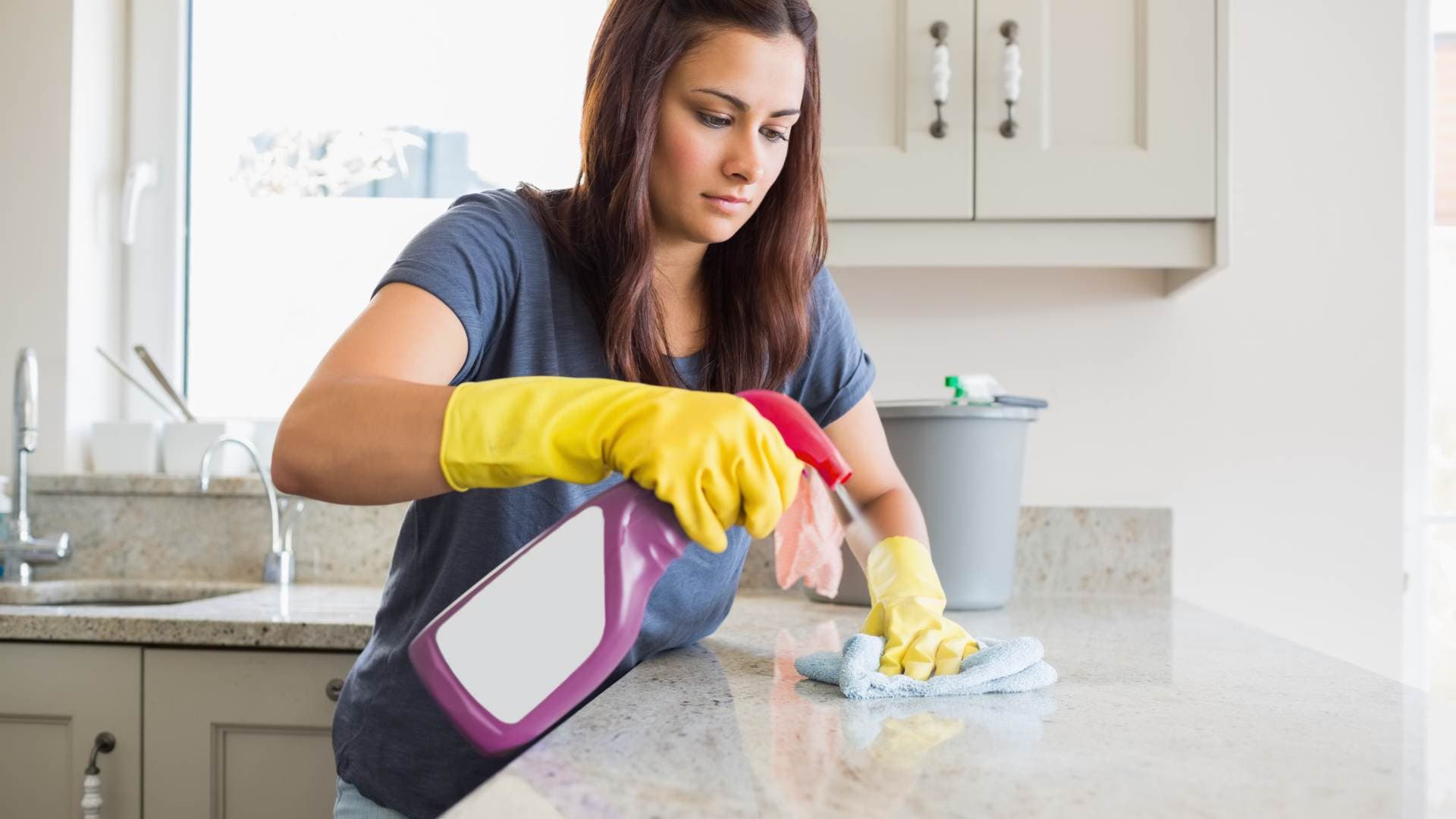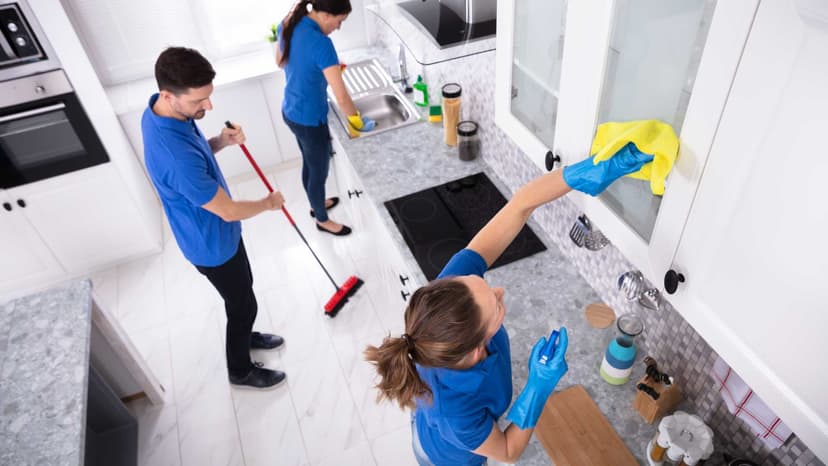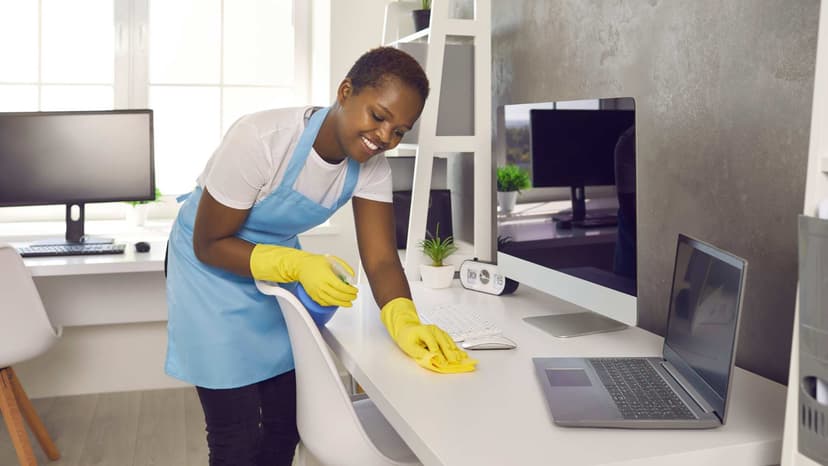Cleaning Products and How A Cleaning Service Can Use Them
Residential Cleaning

These are the most common and as the name implies, they are all-purpose. Sometimes they have disinfection properties but more often they focus mainly on a substance called a surfactant. Surfactants allow a cleaning solution to “get close” to a hard-non-porous surface. Detergent in the washer does this with clothes and this is needed in order for the solvent agents to actually “wipe away” dirt.
Most cleaning products have these but the main function of all-purpose cleaners is that they contain a high amount of them which means your cleaning service can dilute cleaner over and over and still have it clean fairly well. The Lysol Multi-surface cleaner is a great example of a lot of liquid that can be diluted. This is because surfactants by themselves do no disinfect but they do remove dirt, grime, and germs through the action of wiping.

Anyone who has a pet is familiar with these cleaners. Urine, feces, and other bodily fluids do not break down from surfactants usually. They can be wiped clean but may still have a lingering odor. Many pet products (though they can certainly be used on human fluids as well!) contain enzymes that are specifically designed to break down these fluids.
This neutralization occurs on a molecular level. We’d definitely recommend these for cleaning the bathroom, toilet, etc. as opposed to other cleaners that may disinfect, without added enzymes, you’ll never really get rid of urine odors.
PH refers to how basic or acidic a cleaner is. Remember the baking soda/vinegar volcano in school? That’s a result of two hard PH’s. Bleach for example is super basic (high PH) while Windex/Vinegar is very acidic. Some other cleaners have a hard PH but that’s not their main purpose.
A hard base like bleach “erodes” and “breaks down” most organic material which is why it’s a strong cleaner. Be sure to dilute these because a little goes a long way. The same is true for vinegar. Whatever you do, DO NOT MIX different PH’s, this can cause a reaction that is harmful to breathe!

This is another example where many of the above cleaners have a disinfectant contained in them. However, it’s important that your cleaning service understands how they work. “Disinfection” is what happens if a surface has active viruses on it and this is the act of killing those viruses. This is different than “sanitizing” which kills surface bacteria in 10 seconds. Most cleaners say on the label that in order to fully disinfect, the surface must remain visibly wet with the cleaner for 4 minutes.
This is important because a quick wipe with alcohol will not be enough to kill the flu virus, you need to thoroughly wet and let it air dry! The bottom line is to have your cleaning service read the label and understand the proper way to use the cleaner you have for the right application!